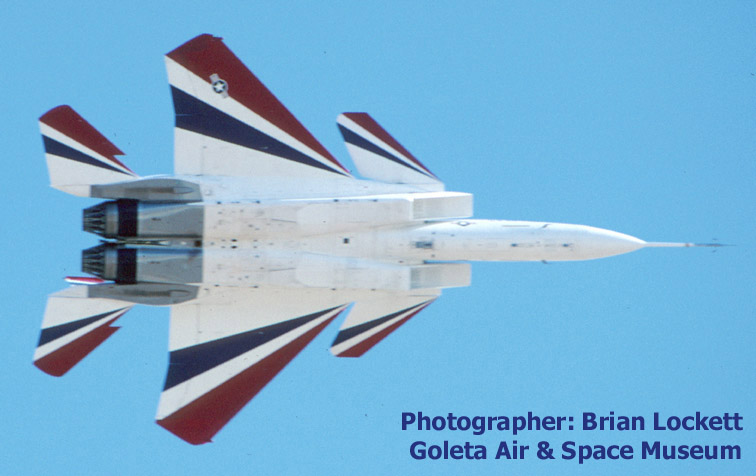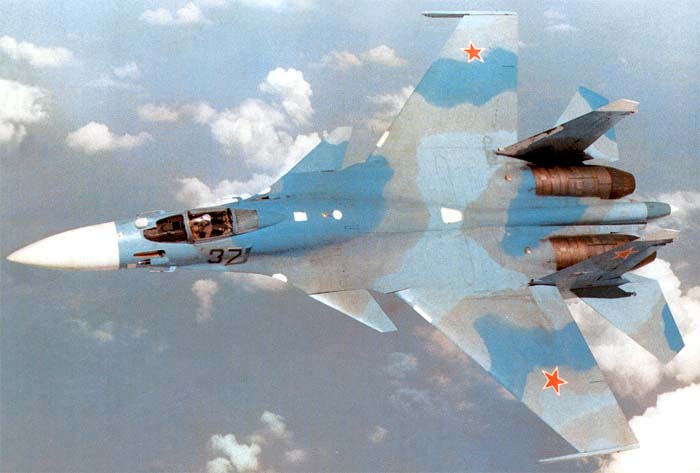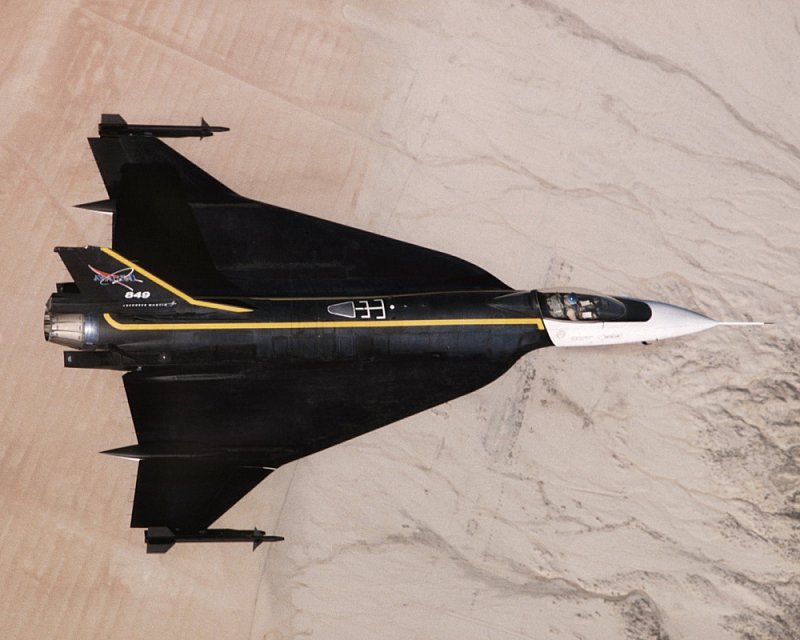Is it true that F-35's agility, weight and supersonic drag was purposely sacraficed to focus on range and the strike role, and thereby avoid political competition with F-22?
Was F-35 originally envisioned to be a supercruiser when it was specified that it use the same F119 engine as F-22?
In age of CAD/CAM, can a slimer, lighter version of F-35 optimized for air-air and sacraficing range and total weapon weight, be economically designed and built to supplement the F-22 fleet and oppose the likely much larger number of G5 supercruising heavy fighters from China and Russia?
Was F-35 originally envisioned to be a supercruiser when it was specified that it use the same F119 engine as F-22?
In age of CAD/CAM, can a slimer, lighter version of F-35 optimized for air-air and sacraficing range and total weapon weight, be economically designed and built to supplement the F-22 fleet and oppose the likely much larger number of G5 supercruising heavy fighters from China and Russia?



